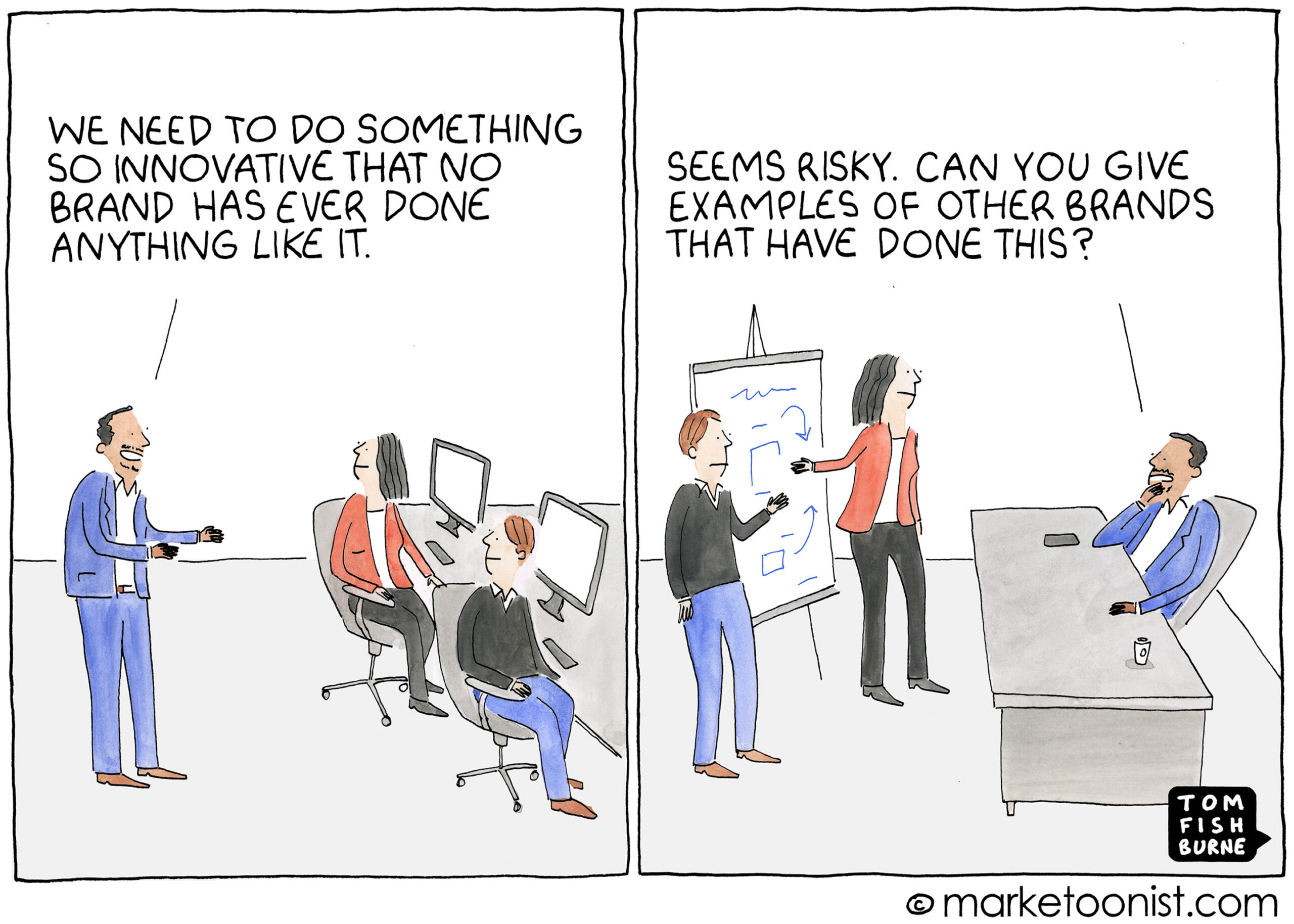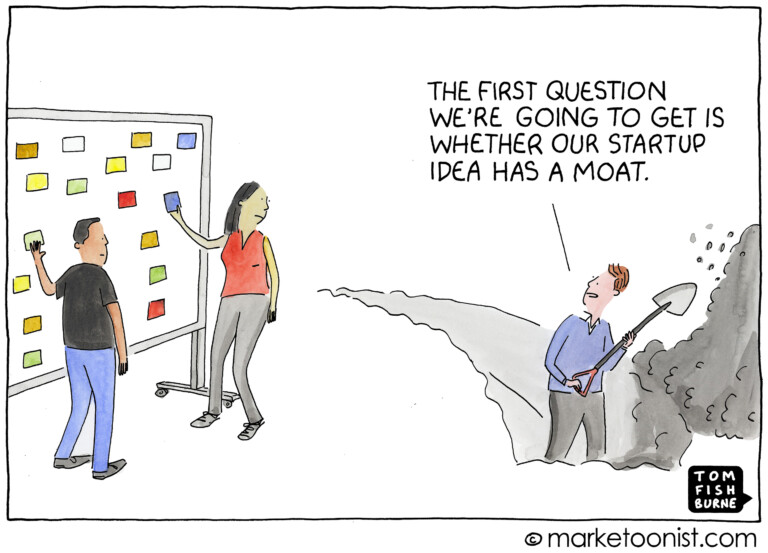Our Journey Through Life is Riddled With Catch-22s
But before we dive in, let’s get a proper definition of catch-22 and ask our old pal Merriam-Webster.
Catch-22:
: a problem situation for which the only solution is denied by a circumstance inherent in the problem or by a rule
: an illogical, unreasonable, or senseless situation
: a hidden difficulty or means of entrapment.
Hmm. Lots of profundities here, wouldn’t you say?
My first real-world experience with Catch-22 came in my youth when seeking employment – all the jobs I wanted had a clause, “minimum 2/3 years of experience required.”
How can one have experience when one hasn’t had a job yet?
Illogical, unreasonable, and surely senseless!
Catch-22s are everywhere if you’re paying attention.
In real estate, buyers can’t “buy” unless someone “sells” first – a hidden difficulty for sure.
And look at the current economic situation here in the U.S. – our federal government is in quite the pickle as it relates to balancing economic growth and runaway inflation.
The only way to stop inflation is to raise interest rates, which in turn, slows economic growth and accelerates a recession.
It’s consumer entrapment – pay now, pay later – either way, you pay.
A senseless situation indeed.
Businesses are faced with catch-22s all the time.
Can’t raise capital without building a product/service first and having some social “market proof” that people actually want what you have to sell.
On the operational side of things, let’s say the costs to produce your goods/services are rising – will you raise prices and risk of losing customers and market share, or eat the costs and risk going out of business?
The catch with catch-22s is that standing still (doing nothing) is usually not an option.
CEOs of public companies face the gnarliest of catch-22s – sacrificing long-term strategic planning for short-term quarterly stock price appreciation to appease shareholders.
Their main objective is to control the quarterly growth narrative so they can stay in the game long enough, get paid, and then fired so they can start the process over again.
It’s no wonder why the CEO position is a revolving door – the spin cycle eventually spits you out.
Two Two’s?
Catch-22’s origin can be traced back to Joseph Heller’s 1961 satirical novel by the same name, Catch-22, a fun and fictional story about war and capitalism.
Set in Italy during World War II, Catch-22 is the story of bombardier John Yossarian, who is furious because thousands of people he has never met are trying to kill him. But the real problem is not the enemy, rather it’s his own army, which keeps raising the required number of flight missions the men must fly to complete their time of service.
There was only one catch, and that was catch-22!
You see – if Yossarian makes any attempt to excuse himself from the dangerous missions he is assigned, he’ll be in violation of Catch-22, the evil bureaucratic rule: a man is considered insane if he willingly continues to fly dangerous combat missions, but if he makes a formal request to be removed from duty, his is proven sane and therefore ineligible to be relieved.
It’s an accurate depiction of real life – “everyone is out to get him!”
Our world is one giant paradox.
On one hand, it’s absurd and contradictory, on the other, it follows a natural order of reasonable logic.
Where anything and everything is possible at any given time.
It’s the madness of things.
It’s why Dutch tulip bulbs experienced a market bubble in the 17th century.
And why business (and life) is all about tradeoffs.
The only advice I can offer is to try and understand the value of the trade as best you can, cause all trades are not created equal.
For instance, time is the most valuable asset you can trade, it’s finite and scarce, so use it wisely!
And, of course, I always recommend staying unruly in the process – agitation is the secret recipe for staying sharp, focused and alert.
Agitation creates movement, energy, and excitement.
Just what the world needs more of these days.


